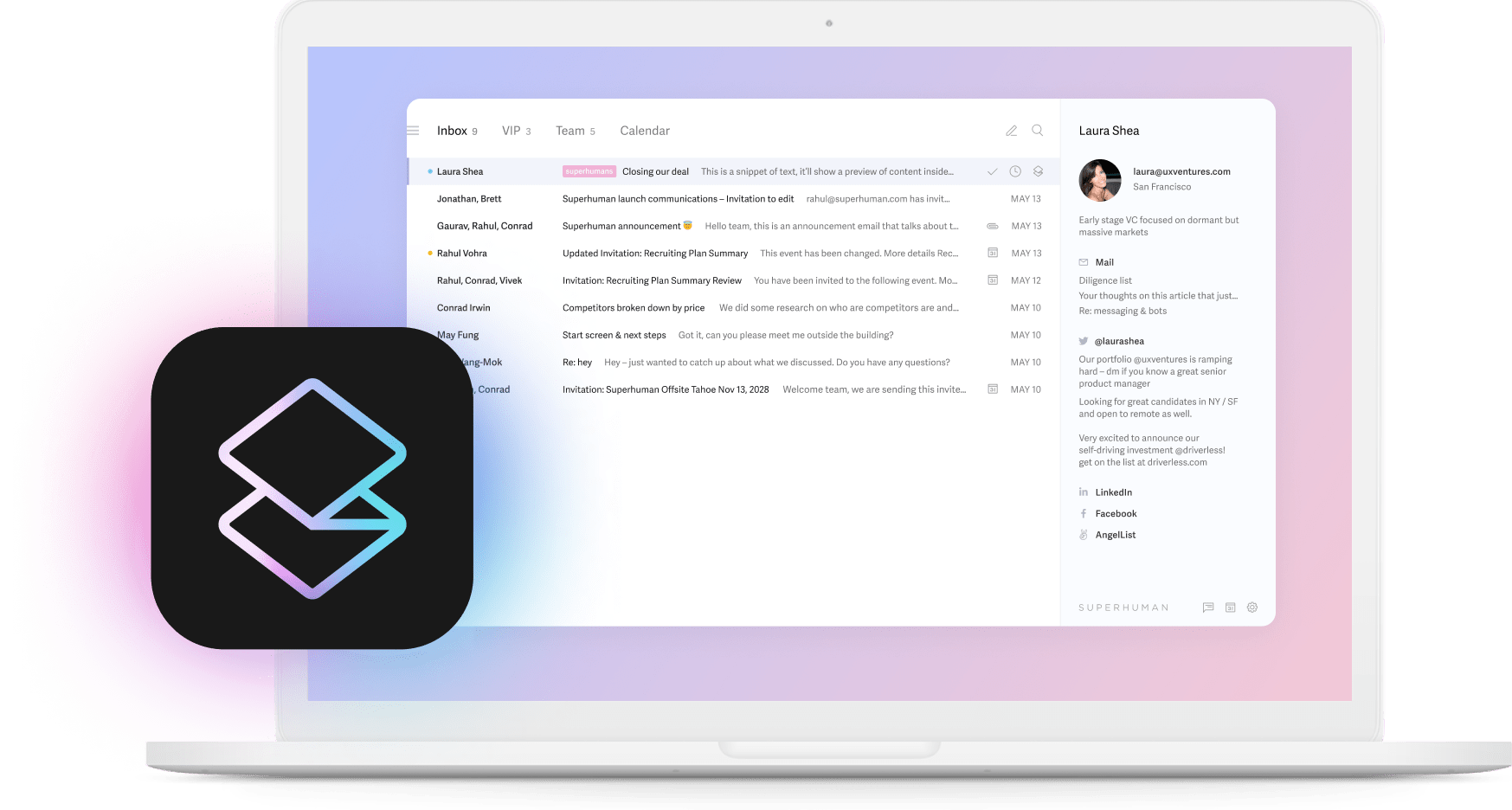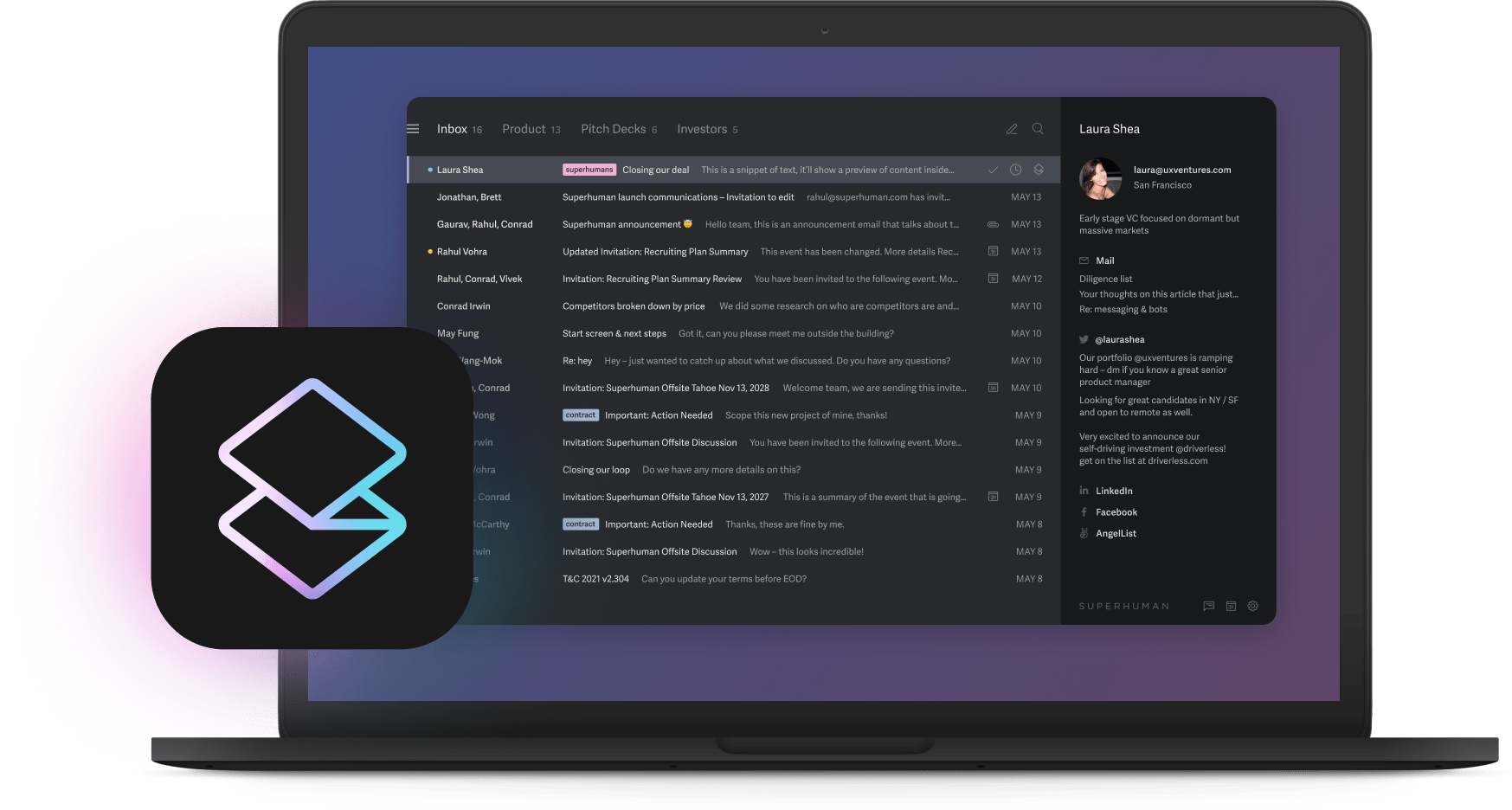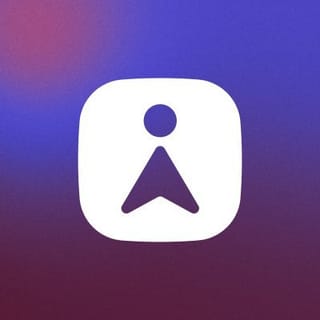
You stare at a blank email, trying to reach out to someone you want to meet. Everything you type sounds fake. This happens because most people switch into corporate robot mode the moment they open their email app.
Good networking email examples sound like conversations. Bad ones sound like form letters written by a committee. Email beats social media for real professional connections because people check it obsessively and read it privately.
Here are five networking email examples that cover most situations you'll face. Each template includes the psychology behind why it works, ways to make it yours, and mistakes that kill your chances before you hit send.
Template #1: Requesting an informational interview
People love giving advice. This might be the most underused networking move that works. You're not asking for a job or a favor. You're asking someone to talk about something they know well.
The magic happens when you position this as learning, not asking. Most people spent years figuring out their career path. They're happy to save someone else the same trial and error.
Subject line: "Fellow [University] alum seeking 15 minutes of career advice"
Template:
Hi [Name],
I found your profile while researching [specific industry/role] and your path from [previous role] to [current position] caught my eye. Your work at [Company] looks fascinating, especially their approach to [specific area].
I'm exploring opportunities in [specific field/industry] and would love 15 minutes of your time to learn from your experience. Happy to work around your schedule for a quick call, video chat, or coffee if you're in [location].
I'm also glad to share any insights from my background in [your area] that might be useful.
Thanks for considering this.
Best, [Your name]
Make it yours: Find something specific about their background that connects to what you want to learn. People can smell generic outreach from a mile away. Be exact about the time commitment. Fifteen minutes feels manageable. An hour feels like work.
What kills this email: Making it too long. Being vague about what you want to know. Forgetting to offer something back. Asking for job opportunities directly.
Research shows personalized outreach gets way better response rates than generic templates.
Template #2: Follow-up after a conference chat
Conferences are networking goldmines that most people waste. You meet someone interesting, exchange business cards, then never follow up. The window closes fast. Within 48 hours, you're just another face they might remember.
Here's how to turn that quick conversation into something real. Reference specific things you talked about. Show you were paying attention. Give them a reason to remember you.
Subject line: "Great meeting you at [Event name] - [specific topic discussed]"
Template:
Hi [Name],
Really enjoyed our chat at [Event name] yesterday during [specific session/break]. Your point about [specific thing they said] got me thinking, especially your insight on [particular detail].
Found this article that connects to what you mentioned about [topic]: [relevant link]. The author's take on [specific angle] reminded me of your experience with [something they shared].
Would love to continue the conversation over coffee in the next couple weeks. I could also introduce you to [relevant person] who's doing interesting work in [area you discussed].
Looking forward to staying in touch.
Best, [Your name]
Make it yours: Write this within 24 hours while the conversation is fresh. Include something valuable like an article, resource, or introduction. Suggest a concrete next step that's easy to say yes to.
Timing that works: Send within 24-48 hours of meeting them. Follow up again in one week if no response. Connect on LinkedIn at the same time.
The best post-event follow-ups include specific conversation details and offer immediate value.
Try SuperhumanTemplate #3: Seeking advice on a career pivot
Career changes feel scary because you don't know what you don't know. Talking to someone who made a similar move can save you months of trial and error. The key is showing you've done your homework and asking smart questions.
People who've successfully changed careers remember how confusing it was. They're usually happy to help someone else navigate the same path. Position yourself as a thoughtful learner, not someone looking for shortcuts.
Subject line: "Seeking advice on transitioning from [current field] to [target field]"
Template:
Hi [Name],
I've been following your move from [their previous role] to [current position] and how you successfully made that transition. Your recent post about [specific content] really resonated with what I'm going through.
I'm exploring a similar change from [your current field] to [target field] and would value your perspective on a few questions:
What skills transferred over better than you expected? What resources helped you build credibility in the new field? What would you do differently if you were making the move today?
Happy to keep this to 15-20 minutes at whatever time works for you. I'd also be glad to share insights from my experience in [your area], particularly around [specific valuable knowledge you have].
Thanks for considering this.
Best, [Your name]
Make it yours: Research their career change thoroughly. Ask 2-3 specific questions that show you've thought about this seriously. Offer something valuable based on your current expertise.
Give something back: Industry insights from your current field. Introductions to people in your network. Skills or knowledge that might help their current role.
Effective networking emails follow proven best practices for creating real value in the exchange.
Template #4: Asking for a job referral
Most good jobs never get posted publicly. They go to people who know people. Employee referrals work because hiring managers trust their team's judgment more than random resumes from the internet.
The trick is making this easy for your contact. Give them everything they need to make a strong introduction without creating extra work. Make it simple to say yes and equally simple to say no.
Subject line: "Referral request for [Position Title] at [Company Name]"
Template:
Hi [Name],
Hope things are going well at [Company]. I saw they posted an opening for [specific position] and wondered if you'd be comfortable providing a referral.
The role seems like a strong match for my background in [relevant experience], especially my work with [specific relevant skill/project]. I've attached my resume and included a quick summary below you can forward if this feels right:
"[Your name] is a [your title] with [X years] experience in [relevant field]. Strong background in [2-3 key skills] and recently [specific achievement]. Would be a great addition to the [team name] team."
No pressure either way. I completely understand if you're not in a position to make this introduction.
Thanks for any consideration.
Best, [Your name]
Make it easy: Attach your updated resume. Write a brief summary they can copy and paste. Give them a graceful way out if they're not comfortable.
What to include: Keep the forwarding summary to 2-3 sentences. Make sure all documents look professional. Highlight the most relevant experience for this specific role.
Success with referral requests depends on removing friction while giving your contact everything they need.
Template #5: Reconnecting with a dormant contact
Your old colleagues and classmates might be your best networking assets. They know your work quality. They've seen you in action. But you haven't talked in months or years, which makes reaching out feel awkward.
The secret is acknowledging the time gap naturally while giving them a real reason to reconnect. Share something meaningful that's happened since you last spoke. Show genuine interest in what they're doing now.
Subject line: "Catching up after [time period] - exciting update to share"
Template:
Hi [Name],
Too long since we connected! I was thinking about our time working on [specific project/at company] and remembered how much I enjoyed collaborating with you, especially when we [specific memorable moment].
Wanted to reach out because I recently [significant professional update] and thought you'd be interested given your expertise in [relevant area]. [1-2 sentences about the update and why it connects to them].
Would love to hear what you've been up to as well. Saw your work at [current company] looks fascinating, particularly [specific recent project/achievement].
Interested in catching up over coffee or a quick call in the next few weeks? Curious to hear about your experience at [current company].
Hope you're doing well!
Best, [Your name]
Reference the past right: Mention specific projects you worked on together. Reference positive memories or achievements you shared. Don't over-explain why you haven't been in touch.
Share meaningful updates: Choose news that would genuinely interest them based on their current work. Connect your update to their expertise or interests. Keep it brief but substantial.
Strong follow-up strategies focus on rebuilding connection and providing value rather than immediately asking for help.
Making these templates work for you
These five templates handle most networking situations you'll face. But templates only work when you make them sound like you. Here's how to use them without sounding like a robot.
Personalization matters more than perfect writing: A slightly awkward email that shows you did your research beats a polished generic message every time. Spend time learning about the person before you write to them.
Give before you ask: The networking emails that get responses offer something valuable upfront. This might be industry insights, relevant introductions, useful resources, or genuine recognition of their work.
Timing creates opportunities: Conference follow-ups need to happen within 48 hours. Dormant reconnections can wait for the right moment but should feel relevant when you send them. Job referral requests work best when you apply quickly after positions get posted.
Follow-up without being annoying: Most networking emails need a follow-up to work. Try this sequence: initial email, brief follow-up after one week if no response, final follow-up after two weeks. After that, move on.
Know what success looks like: Good responses don't always mean immediate positive outcomes. Success might be a polite decline with future availability, a brief engaged response, or an introduction to someone else who can help.
Build the habit: The most successful networkers make outreach a regular practice, not something they only do when job searching. Send 2-3 networking emails per week to maintain and grow your professional network consistently.
Make it sustainable: Use tools that help you stay organized and consistent. Superhuman helps teams save 4 hours per person every week while responding to twice as many emails in the same amount of time. This makes regular networking possible even when you're swamped with other work.
Stop treating email like a chore and start using it to build real professional relationships. With the right approach, networking emails become conversations that open doors instead of messages that get ignored. Superhuman makes email feel like what it should have been all along, turning your inbox into a tool for meaningful professional connections.






